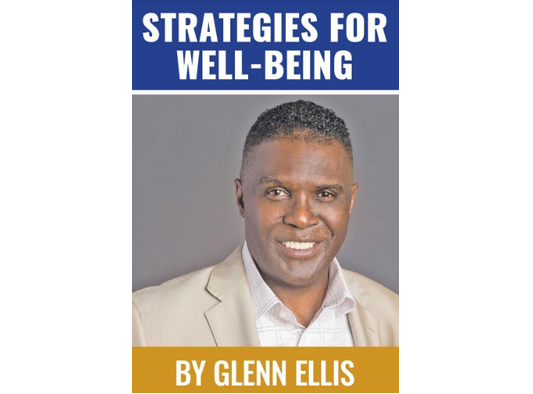By Glenn Ellis
Urban community gun violence is a massive part of our country’s gun violence epidemic but, we’ve reach a point where it is too frequently overlooked within the broader gun violence debate, which often focuses, at least in the press, on mass shootings.
With all due respect, I believe we’ve all read more than enough about the rash of mass shootings. These are tragic, senseless incidents, and something needs to be done. But, that’s only one side of the equation.
As reported by Giffords Law Center, “nowhere is the gun violence crisis more evident than in our underserved urban communities, where homicide rates often reach 10 times the national average.” Young black men are especially vulnerable—the chance of a black American family losing a son to a bullet is 62 percent greater than losing him to a car accident. In fact, black men make up just 6 percent of the U.S. population, but account for 51 percent of all homicide victims.”
Over the July 4 holiday weekend, six people were killed and 66 were hurt in shootings in Chicago. Eighteen people were shot in St. Louis. Seventeen in Boston.
Last week I mentioned in this column that here in Philadelphia six police were shot. That was followed by eight more shot and taken to the hospital overnight the next Friday with seven more shootings and four more homicides into Saturday morning. Over 1,600 people died in Pennsylvania from gunshot wounds in 2017, and whereever you are reading this column in any urban area, I am pretty sure the same impact from gun violence is felt in your community.
We, as a nation, are mistakenly talking about gun violence in the U.S. as if it’s a single problem. But it’s really at least four different ones: suicides, urban gun violence, domestic violence, and mass shootings. Suicides are the majority of the nearly 40,000 gun deaths in the U.S. in 2017. But urban violence is the second biggest category, making up a majority of the 14,000 gun homicides that same year.
When we hear about more typical everyday shootings in urban America, those incidents get fewer reactions and overall interest. I can’t prove with 100 percent certainty why this is, but it seems likely that the fact victims of widely covered mass shootings are often white (while everyday shooting victims often aren’t) plays a role.
Black and Latino children and teens are impacted by gun violence at higher rates than their white peers, in part because of what can only be described as deliberate policy decisions that created segregated neighborhoods and underinvestment in their communities.
I’m sure some of you are convinced that mental illness is responsible for the shootings which are commonplace in our communities. There is no evidence of a link between mental illness and violence against others. In fact, people with mental health disorders are more likely to be victims of a violent crime (up to 10 times more likely than the general population) than the perpetrators.
What we do know for sure is that the trauma of witnessing or being touched by gun violence has been shown to, conclusively, affect cognitive development, academic performance, and behavioral health, and worthiness in black and Latino children and teens. This should have an even greater sense of urgency as many of us have young people who are beginning a new school year.
However, even if we had a perfect mental health system, we would not stop the current American gun violence epidemic ravaging urban cities.
In the absence of meaningful attention to this part of the crisis, nothing will change; no matter what they do in Congress or the White House. The drug market is a major contributor to the homicide rate. The young people who are impacted most are left with the options of drug trade and the streets. With the unlimited amounts of cash generated selling drugs, there is always a way to access guns illegally. One major report referred to this as the “three D’s”: Drugs; Drug Addicts; and Drug Dealers. This “deadly” combination fuels the proliferation of easy availability of military-style assault weapons, leading to the carnage of the bodies of our children and youth littering the streets all over America.
By the end of the day (and every day), 30 people will have lost their lives to gun violence. The statistics show that many of these will be the lives of young black men between the ages of 18-25 years old. Gun laws, buybacks; red flags, and background searches only work for legally owned or purchased guns.
The fact is that for eight out of 10 gun crimes the shooter is not the legal owner of the weapon used, we know the steps we need to take to reduce gun violence. It’s way too easy to skirt the law to move illegal firearms from state to state, and we cannot continue to ignore the reality that America’s urban communities are actually bearing the brunt of this public health crisis.
Glenn Ellis, is Research Bioethics Fellow at Harvard Medical School and author of Which Doctor?, and Information is the Best Medicine. Listen to Glenn, on radio in Birmingham or V94.9, Sundays at 7:50pm, or visit: www.glennellis.com.




